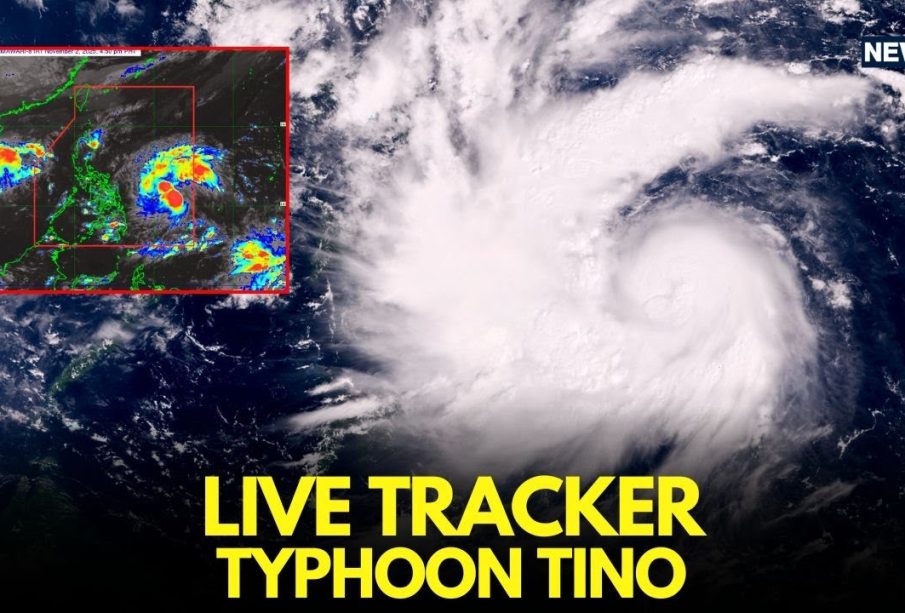The Impact of Typhoon Tino on the Philippines

Introduction
As the Philippines grapples with its annual typhoon season, Typhoon Tino has emerged as a significant weather event affecting thousands of residents across the nation. Its arrival has brought heavy rains, strong winds, and devastating consequences, including damage to infrastructure and displacement of communities. Understanding the impact of Typhoon Tino is critical for disaster response efforts and for bolstering resilience among vulnerable populations.
Details of Typhoon Tino
Typhoon Tino, categorized as a tropical storm, made landfall on October 5, 2023, impacting several regions including the Visayas and parts of Luzon. Reports from the Philippine Atmospheric, Geophysical and Astronomical Services Administration (PAGASA) indicate that the typhoon packed winds of up to 120 km/h and heavy rainfall reaching up to 200 mm in some areas. Cities such as Cebu and Iloilo were particularly hard hit, with flooding and landslides reported.
In the wake of the storm, local authorities and the National Disaster Risk Reduction and Management Council (NDRRMC) activated their emergency response protocol. Evacuation centers were established, providing shelter to nearly 15,000 individuals displaced from their homes. First responders are currently working to assess damages, clear debris, and restore essential services such as electricity and water supply.
Government and Community Response
The Philippine government has mobilized various resources, including the military, to aid in rescue and relief operations. Additionally, non-governmental organizations (NGOs) have stepped in, providing food, water, and medical assistance to affected populations. Community resilience is crucial in these challenging times, and local volunteers have also been instrumental in coordinating aid and recovery efforts.
Conclusion
As Typhoon Tino progresses, it underscores the importance of preparedness and the need for enhanced weather forecasting and disaster response strategies in the Philippines. With climate change contributing to increasingly severe weather patterns, the future may hold more frequent and intense typhoons. For residents and authorities alike, the lessons learned from Typhoon Tino could pave the way for better preparedness in the face of future natural disasters, ensuring a stronger, more resilient nation.









